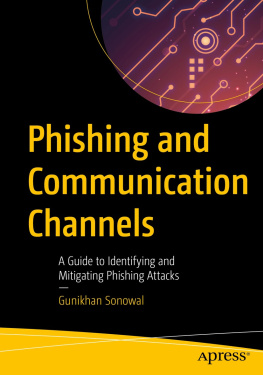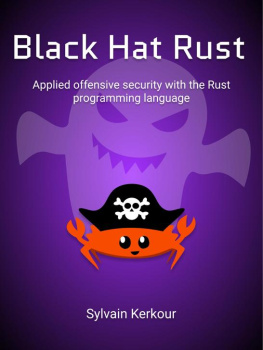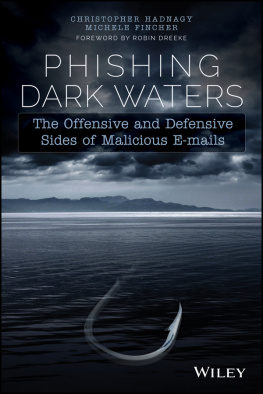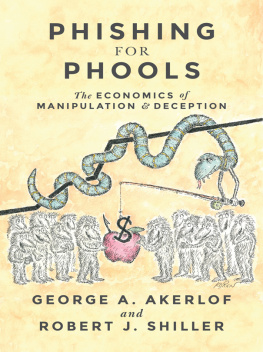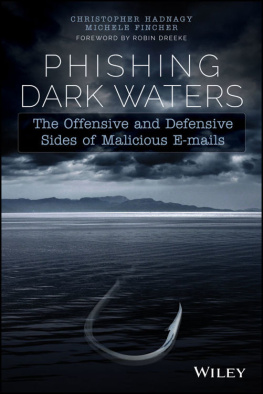Gunikhan Sonowal - Phishing and Communication Channels: A Guide to Identifying and Mitigating Phishing Attacks
Here you can read online Gunikhan Sonowal - Phishing and Communication Channels: A Guide to Identifying and Mitigating Phishing Attacks full text of the book (entire story) in english for free. Download pdf and epub, get meaning, cover and reviews about this ebook. year: 2021, publisher: Apress, genre: Politics. Description of the work, (preface) as well as reviews are available. Best literature library LitArk.com created for fans of good reading and offers a wide selection of genres:
Romance novel
Science fiction
Adventure
Detective
Science
History
Home and family
Prose
Art
Politics
Computer
Non-fiction
Religion
Business
Children
Humor
Choose a favorite category and find really read worthwhile books. Enjoy immersion in the world of imagination, feel the emotions of the characters or learn something new for yourself, make an fascinating discovery.
- Book:Phishing and Communication Channels: A Guide to Identifying and Mitigating Phishing Attacks
- Author:
- Publisher:Apress
- Genre:
- Year:2021
- Rating:4 / 5
- Favourites:Add to favourites
- Your mark:
Phishing and Communication Channels: A Guide to Identifying and Mitigating Phishing Attacks: summary, description and annotation
We offer to read an annotation, description, summary or preface (depends on what the author of the book "Phishing and Communication Channels: A Guide to Identifying and Mitigating Phishing Attacks" wrote himself). If you haven't found the necessary information about the book — write in the comments, we will try to find it.
Mitigate the dangers posed by phishing activities, a common cybercrime carried out through email attacks. This book details tools and techniques to protect against phishing in various communication channels.
The aim of phishing is to fraudulently obtain sensitive credentials such as passwords, usernames, or social security numbers by impersonating a trustworthy entity in a digital communication.
Phishing attacks have increased exponentially in recent years, and target all categories of web users, leading to huge financial losses to consumers and businesses. According to Verizons 2020 Data Breach Investigations Report (DBIR), 22% of all breaches in 2019 involved phishing. And 65% of organizations in the USA experience a successful phishing attack.This book discusses the various forms of phishing attacks, the communications most often used to carry out attacks, the devices used in the attacks, and the methods used to protect individuals and organizations from phishing attacks.
What You Will Learn
- Understand various forms of phishing attacks, including deceptive, DNS-based, search engine, and contents injection phishing
- Know which communications are most commonly used, including email, SMS, voice, blog, wifi, and more
- Be familiar with phishing kits (what they are) and how security experts utilize them to improve user awareness
- Be aware of the techniques that attackers most commonly use to request information
- Master the best solutions (including educational, legal, technical) to protect against phishing attacks
Who This Book Is For
Security professionals who need to educate online users, especially those who deal with banks, online stores, payment systems, governments organizations, social networks and blogs, IT companies, telecommunications companies, and others. The secondary audience includes researchers working to develop novel strategies to fight against phishing activities and undergraduate and graduate instructors of cybersecurity.Gunikhan Sonowal: author's other books
Who wrote Phishing and Communication Channels: A Guide to Identifying and Mitigating Phishing Attacks? Find out the surname, the name of the author of the book and a list of all author's works by series.

